The Kakhovka Dam disaster not only affects the lives of millions of people, the ecosystem and the environment, but is also a factor that changes the situation of the escalating and unpredictable conflict in Ukraine.
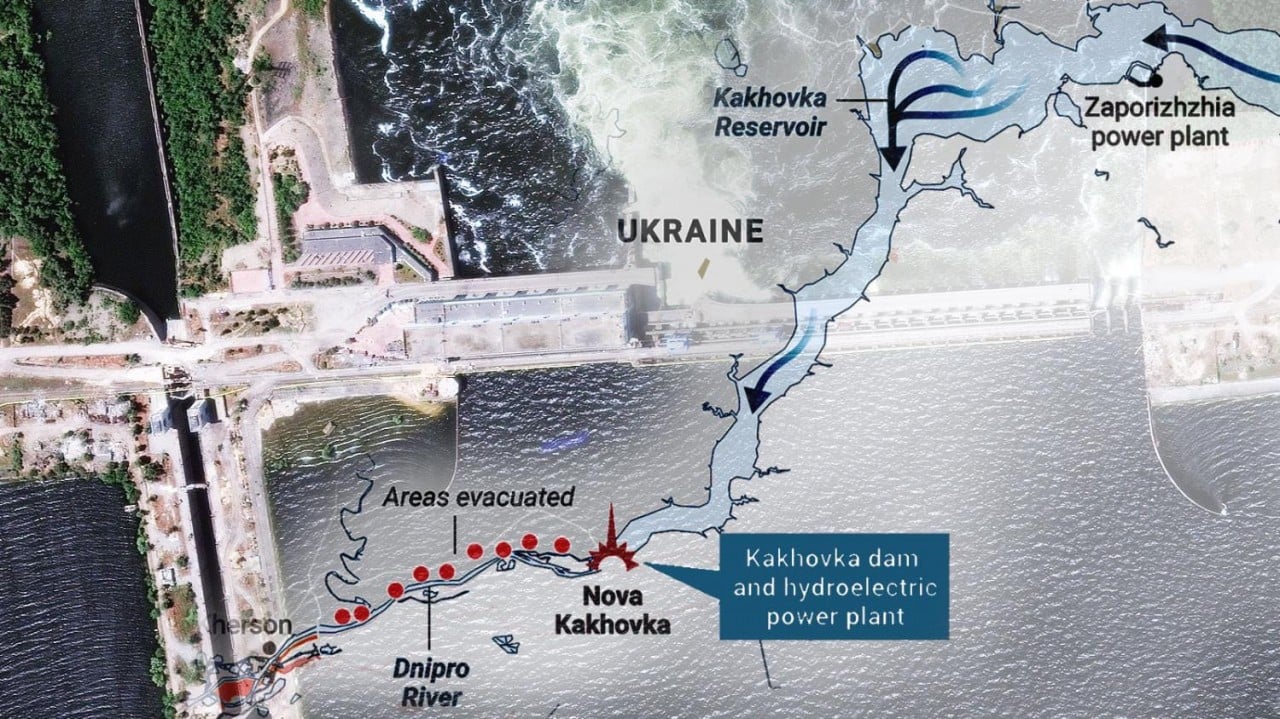 |
| The Nova Kakhovka hydroelectric dam on the Dnipro River was “destroyed” in the early morning of June 6, attracting public attention (Source: theTimes.co.uk) |
In the early morning of June 6, news of the Nova Kakhovka hydroelectric dam on the Dnipro River being “destroyed” shocked public opinion and attracted global attention.
After the incident, Ukraine and Russia continuously made accusations that the culprits caused the dam collapse intentionally. However, so far neither side has provided convincing evidence.
Ukrainian President Volodymyr Zelenskyy declared that “Russia mined and blew up the dam.” Meanwhile, Kremlin spokesman Dmitry Peskov said that the Kakhovka dam collapse was a deliberate act of sabotage by Ukraine…
“The sabotage carried out by Kiev has two clear goals,” Russian Ambassador to the United Nations Vassily Nebenzia said at an emergency session of the Security Council on June 6. “The first is to attract maximum attention in order to create favorable conditions for the regrouping of units to continue the widely publicized counteroffensive. The second is to inflict maximum humanitarian damage on the population of large territories, an inevitable consequence of the destruction of a major energy and water infrastructure.”
Before the dam collapsed, both Moscow and Kiev said there were imminent plots to attack the Kakhovka Dam. Ukrainian officials claimed that Russia wanted to create a state of emergency at the Zaporizhzhia Nuclear Power Plant, which uses river water for cooling, to prevent an expected Ukrainian counterattack...
The Kakhovka Dam is located in Russian-controlled territory near the city of Kherson. Russian forces captured the Ukrainian city of Kherson in March 2022, but a successful counterattack by Ukrainian forces in November 2022 recaptured the city. Russian troops have now retreated to the southern bank of the Dnipro River and control the territory containing the Kakhovka Dam, while Ukraine controls the territories north of the Dnipro River.
Strategic importance of the dam
Construction of the Nova Kakhovka Dam began in September 1950 and was completed in October 1956. The Kakhovka Dam is located on the Dnipro River, also known as the Dnieper, about 45 km east of the city of Kherson, Ukraine. The Nova Kakhovka Dam is 30 meters high and 3.2 km long, with a capacity of about 18 km3 of water.
In 2019, the dam underwent major expansion and repairs. The dam's reservoir is the main source of cooling water for the six reactors of the Zaporizhzhia Nuclear Power Plant (ZNPP), Europe's largest with a capacity of 5.7 GW. Water from the Kakhovka Dam also supplies another hydropower plant in Kakhovka and is a source of irrigation water for large areas of southeastern Ukraine and northern Crimea via the North Crimea Canal, Kakhovsky Canal and Dnieper Canal.
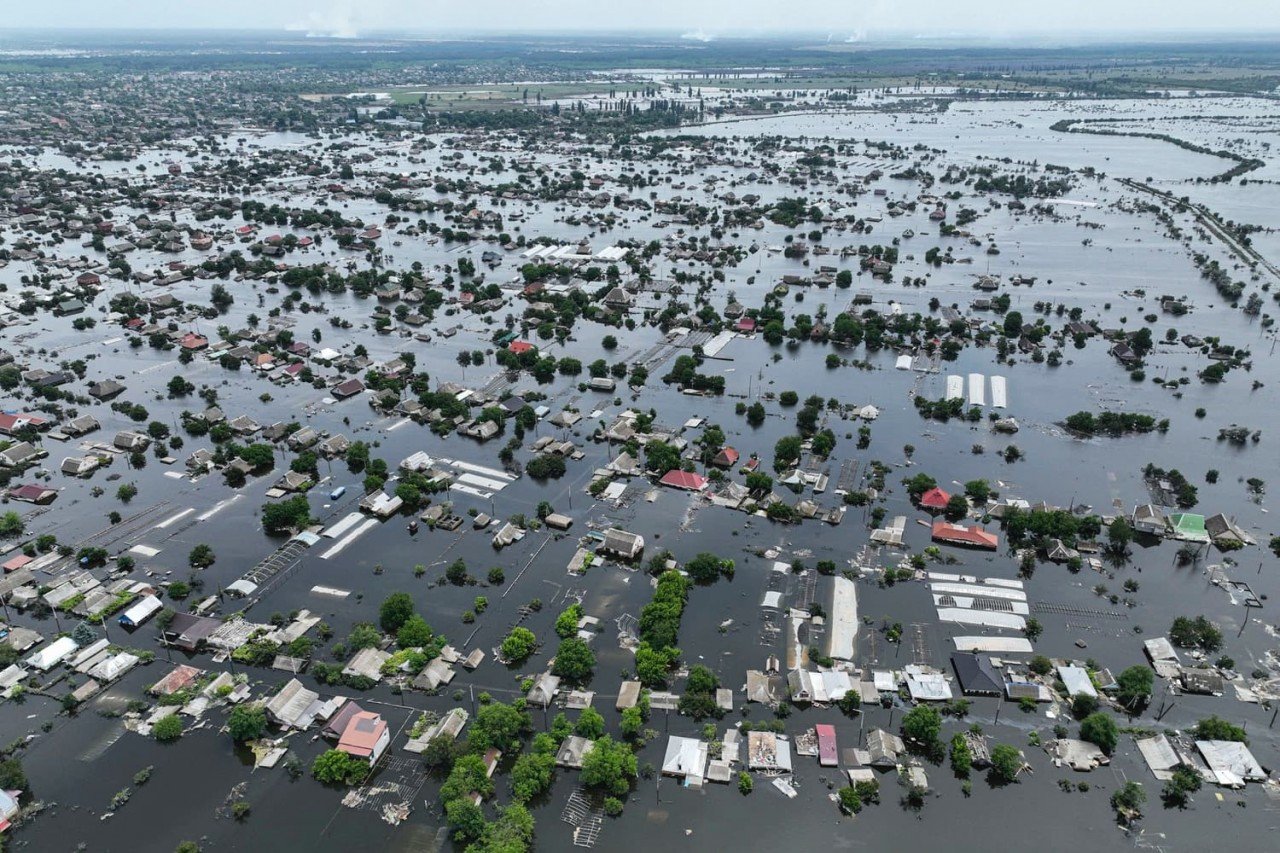 |
| Water released from the Kakhovka reservoir after the dam broke caused widespread flooding (Source: AP) |
Consequences for people and the environment
According to AP and Reuters, as of June 10, at least 13 people have died, 213 have been injured, at least 80 towns and settlements have been evacuated, with about 22,000 people living in areas at risk of flooding in Russian-controlled territory and 16,000 in Ukrainian-controlled territory. In addition, over 17,000 people have been affected and about 60,000 hectares have been submerged.
The dam failure also contaminated the area’s water supply, causing environmental damage. According to the Guardian , just one day after the dam broke, water was 3.5 metres deep and rising by 5 to 8 centimetres every 30 minutes in low-lying areas.
Speaking via video at the Organization for Economic Cooperation and Development (OECD) conference in Paris, France, on June 7, Ukrainian Prime Minister Shmyhal said that dozens of towns and villages will face a shortage of drinking water supply.
Flooding caused by the dam failure will cause immediate crop destruction in the downstream areas. In the long term, about 0.5 million acres of fertile farmland that depends on the Kakhovka reservoir for irrigation could turn into desert, with serious implications for regional food production and global food security.
Immediately after the news of the dam collapse, wheat prices on the export market increased by 3% due to concerns about the disruption of the global food supply chain because Ukraine is one of the world's largest grain growers and exporters.
The dam collapse also raised public concerns about a nuclear disaster because the dam's reservoir is also the main source of cooling water for six reactors at the nearby Zaporizhzhia nuclear power plant.
Although the International Atomic Energy Agency has stressed that the plant has other measures in place to keep the reactors and fuel rods cool for at least the next few months, concerns about a nuclear disaster cannot be ruled out.
| RELATED NEWS | |
 | Ukraine situation: Counterattack plan details revealed? IAEA reassures about Zaporizhzhia plant situation after Kakhovka dam collapse |
With a large area submerged in water, the ecosystem and flora and fauna in the region will be severely damaged, especially those downstream of the dam, including the Black Sea Biosphere Reserve and the Oeshky Sands National Nature Park. According to preliminary information from the Ukrainian Ministry of Defense, the flooding killed about 300 animals at the Nova Kakhovka Zoo, with only ducks and swans surviving…
In addition to the effects of flooding, the Kakhovka Hydroelectric Power Plant connected to the dam on the Dnieper was severely damaged, causing tons of oil and chemicals to spill and drift into the environment... According to Ukrainian Prime Minister Shmyhal, the Kakhovka dam rupture caused at least 150 tons of engine oil to spill into the Dnieper River and there is a risk that another 300 tons of oil will leak.
Earlier, UN Secretary-General Antonio Guterres called the flood caused by the dam break an "ecological disaster" with extremely serious consequences for all aspects of economic and social life in the entire region. The UN Secretary-General said that the UN is currently coordinating with the Ukrainian government to send drinking water and water filtration equipment and calling on the international community to provide urgent humanitarian assistance.
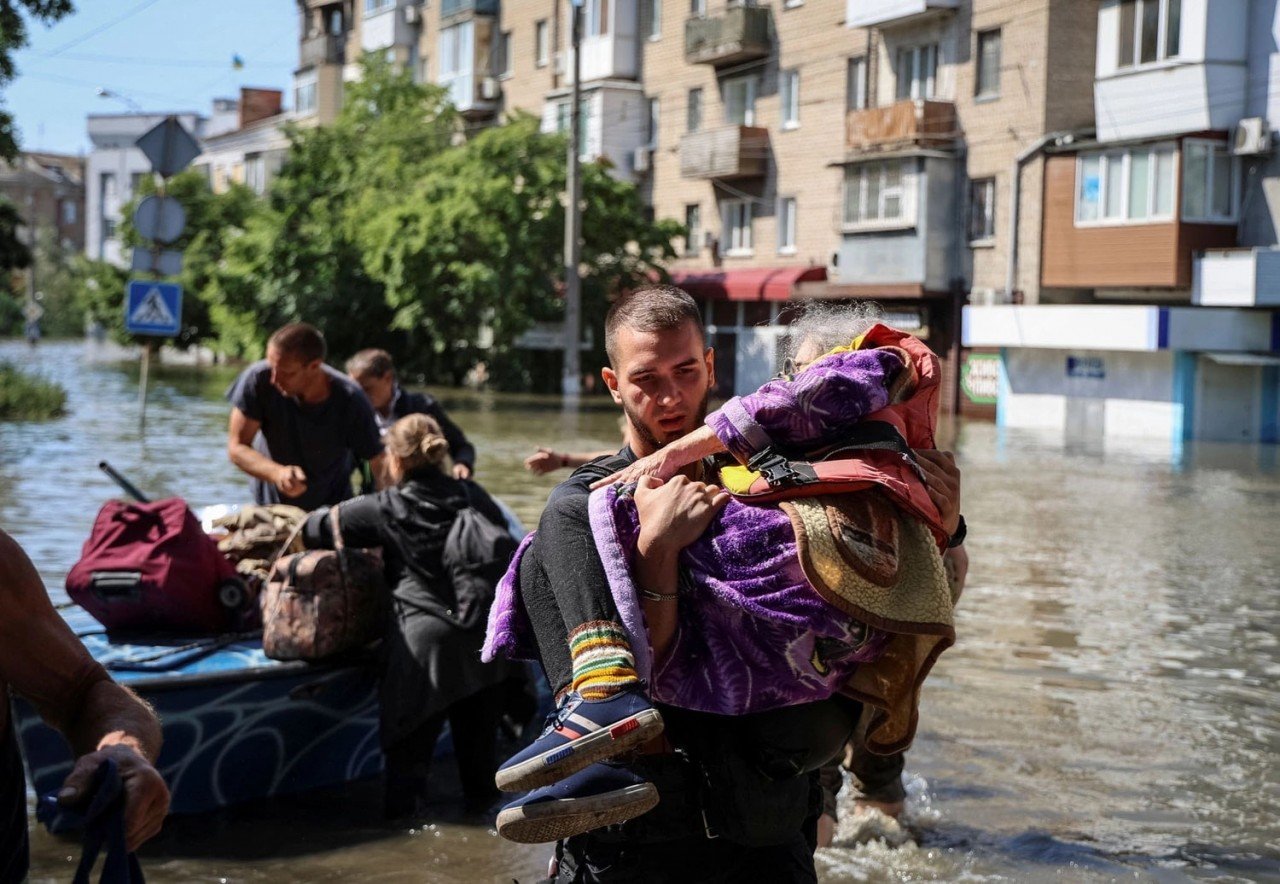 |
| The dam collapse forced Ukrainian authorities to evacuate tens of thousands of people from flooded areas. (Source: Reuters). |
International reaction
Following the incident, UN Secretary-General Antonio Guterres said the organization did not have any independent information about the Kakhovka dam collapse, but described it as "another devastating consequence" of the Ukrainian conflict.
NATO Secretary General Jens Stoltenberg strongly condemned the incident, saying the destruction of the dam represented "the brutality of the Russia-Ukraine conflict".
European Council President Charles Michel said the action amounted to a "war crime" although he did not say who was responsible.
Meanwhile, German Chancellor Olaf Scholz blamed Russia for the attack, saying the long-worrying move represented a new dimension to the conflict.
Spanish Prime Minister Pedro Sanchez wrote on Twitter: “We condemn the destruction of civilian infrastructure, as this violates international humanitarian law.
Speaking at a UN Security Council meeting on June 6, Chinese Ambassador to the UN Zhang Jun expressed "great concern over the dam destruction at the Kakhovka Hydropower Plant, calling for maximum restraint, avoiding statements and actions that could escalate confrontation and lead to miscalculation, and maintaining the safety and security of the Zaporizhzhia Nuclear Power Plant."
On the same day, June 6, the European Union (EU) offered to support Ukraine in dealing with the consequences of the collapse of the Kakhovka hydroelectric dam on the Dnipro River in Kherson.
Changing the situation of the conflict in Ukraine?
Kherson has long been seen as a potential target for a Ukrainian counterattack. Russia took control of Kherson in 2022, shortly after launching a special military operation in Ukraine. Russia has since withdrawn from the city of Kherson and established defenses on the eastern bank of the Dnipro River, while Ukraine controls the area on the western bank of the river. The Dnipro River, across which the Kakhovka Dam crosses, now acts as a natural boundary separating Russian- and Ukrainian-controlled regions.
Ukraine has repeatedly warned that Russia may be planning to blow up the dam, while Moscow has issued similar warnings about Ukraine. “The dam collapse could give Russia an advantage because Moscow is strategically on the defensive and Ukraine is on the offensive,” said Christopher Tuck, a conflict and security expert at King’s College London. “Kiev would certainly have difficulty crossing the river due to the rising floodwaters.”
“The collapse of the Kakhovka Dam would make it difficult or impossible for Ukraine to cross the river,” said Michael A. Horowitz, head of intelligence at the Le Beck consulting firm. “At the same time, the flooding caused by the dam collapse would reduce the area of the front line that the Russian army needs to protect.”
Russia has so far denied all accusations made by Ukraine and the West, and accused Kiev of destroying the dam to distract attention from a major counteroffensive. Russian Defense Minister Sergei Shoigu said Kiev could use the dam collapse to transfer its units from the Kherson frontline to more needed places.
| RELATED NEWS | |
 | Russia unexpectedly 'changes general' ahead of Ukraine's counterattack |
Some Russian military bloggers believe that the dam collapse will benefit Ukraine because areas controlled by Moscow will be hardest hit. Floodwaters will break up booby traps and damage Russian frontline positions, partially compromising the defenses they have spent months building.
According to Michael A. Horowitz, the collapse of the Kakhovka Dam would result in the loss of some advantages for both sides. “Some of the defenses that the Russian military has built along the coast would be exposed, and this would certainly impact settlements in the Russian-controlled areas. For Ukraine, this would lead to an environmental disaster and the risk of losing one of the main energy sources in the south.”
It is too early to determine how the dam collapse will affect Ukraine’s counteroffensive. But many observers believe it could hamper ground attacks and force Ukrainian forces to focus their attention and resources on the damage.
Even before the dam collapse, the Dnipro River was considered a significant obstacle for Ukrainian forces. They would have to cross the river by boat, overpass or pontoon bridge, or by helicopter. All of these are vulnerable to attack, and now, with the dam collapse, Ukraine’s ability to counterattack would be severely limited.
Source


![[Photo] General Secretary To Lam receives Russian Ambassador to Vietnam](https://vstatic.vietnam.vn/vietnam/resource/IMAGE/2025/4/2/b486192404d54058b15165174ea36c4e)


![[Photo] Third meeting of the Organizing Subcommittee serving the 14th National Party Congress](https://vstatic.vietnam.vn/vietnam/resource/IMAGE/2025/4/2/3f342a185e714df58aad8c0fc08e4af2)


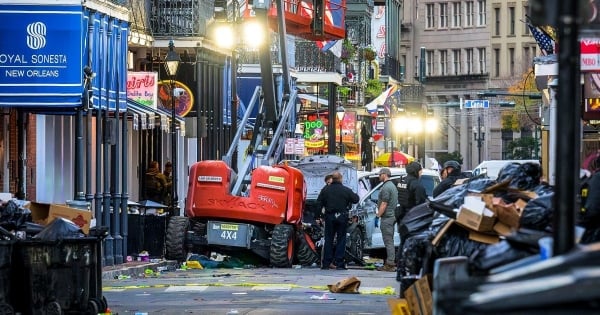
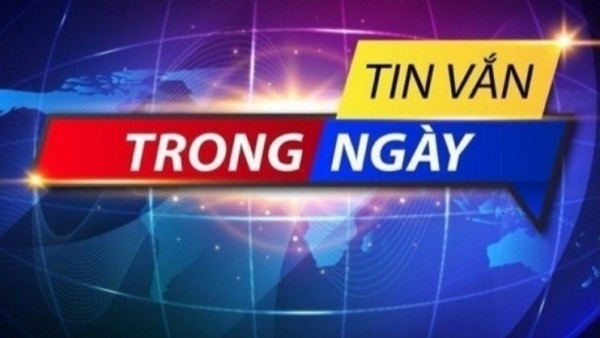

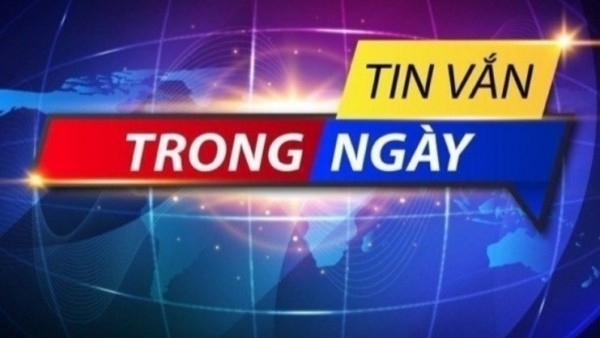

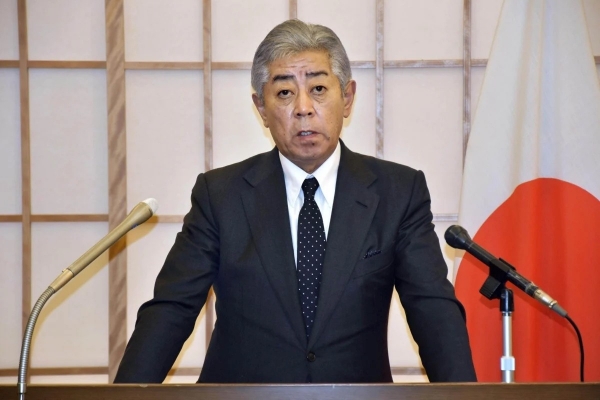


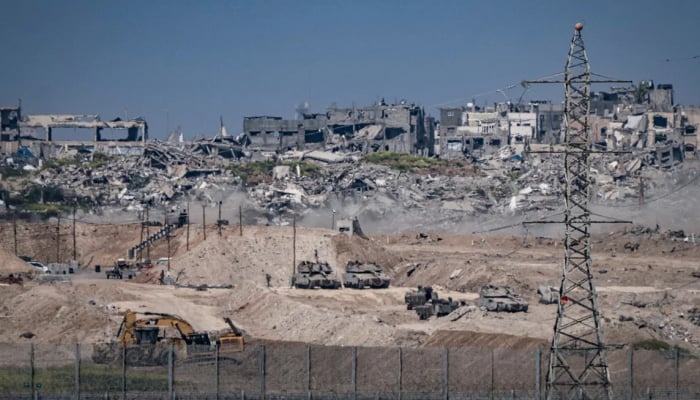

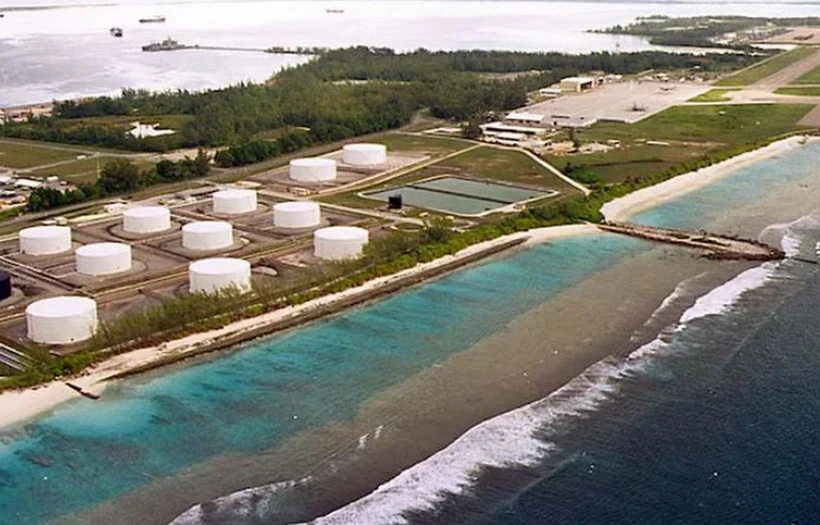

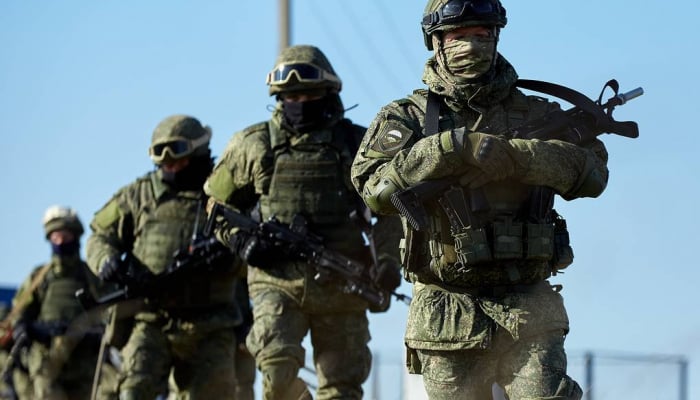



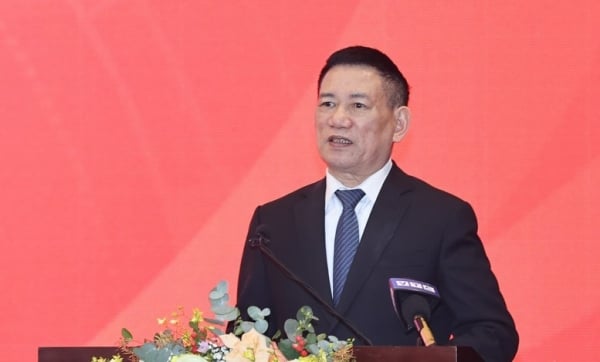




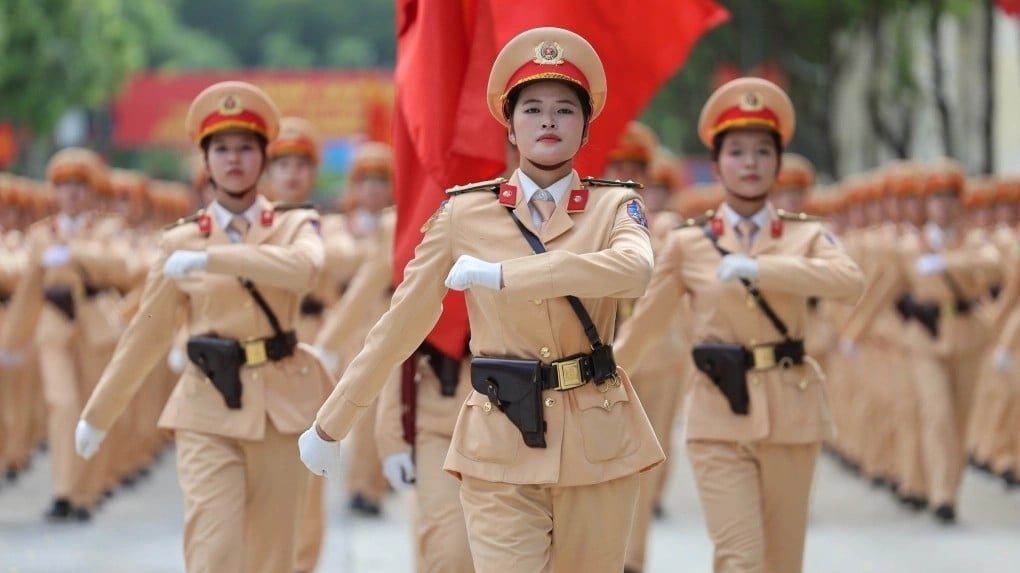
![[Photo] Relatives of victims of the earthquake in Myanmar were moved and grateful to the rescue team of the Vietnamese Ministry of National Defense.](https://vstatic.vietnam.vn/vietnam/resource/IMAGE/2025/4/2/aa6a37e9b59543dfb0ddc7f44162a7a7)



































































Comment (0)